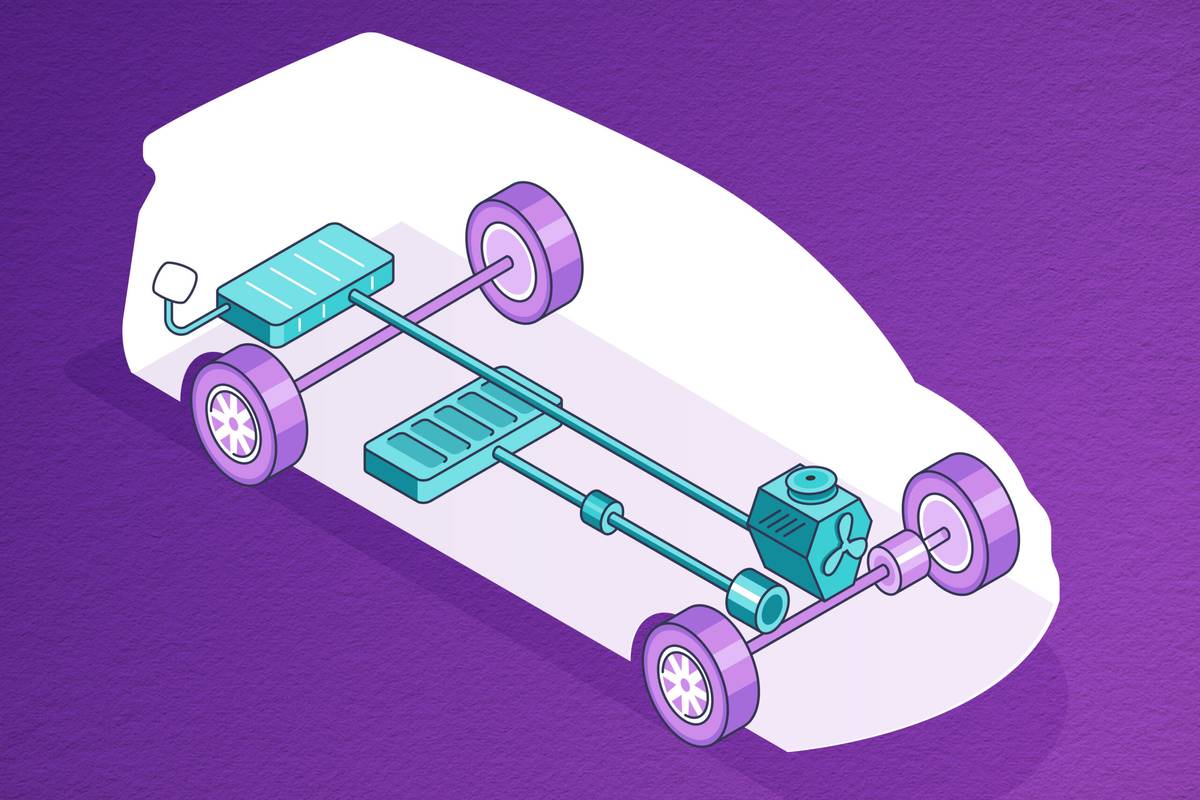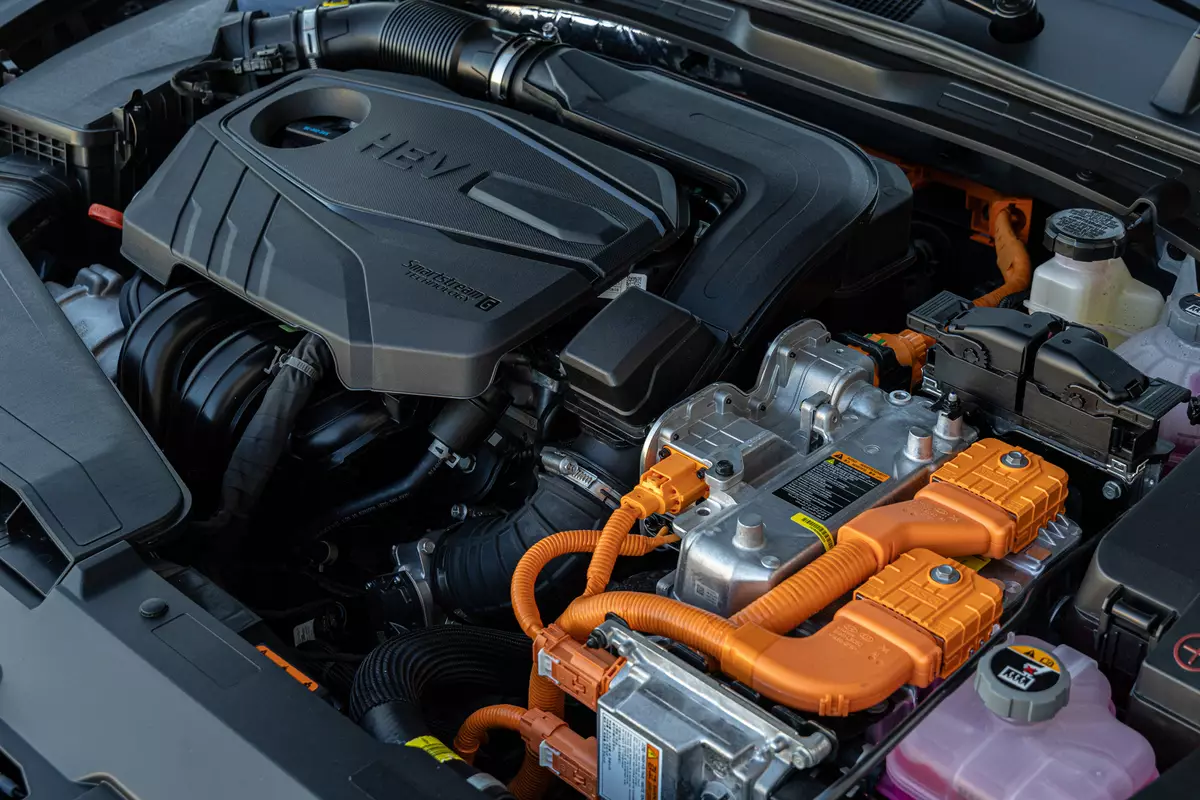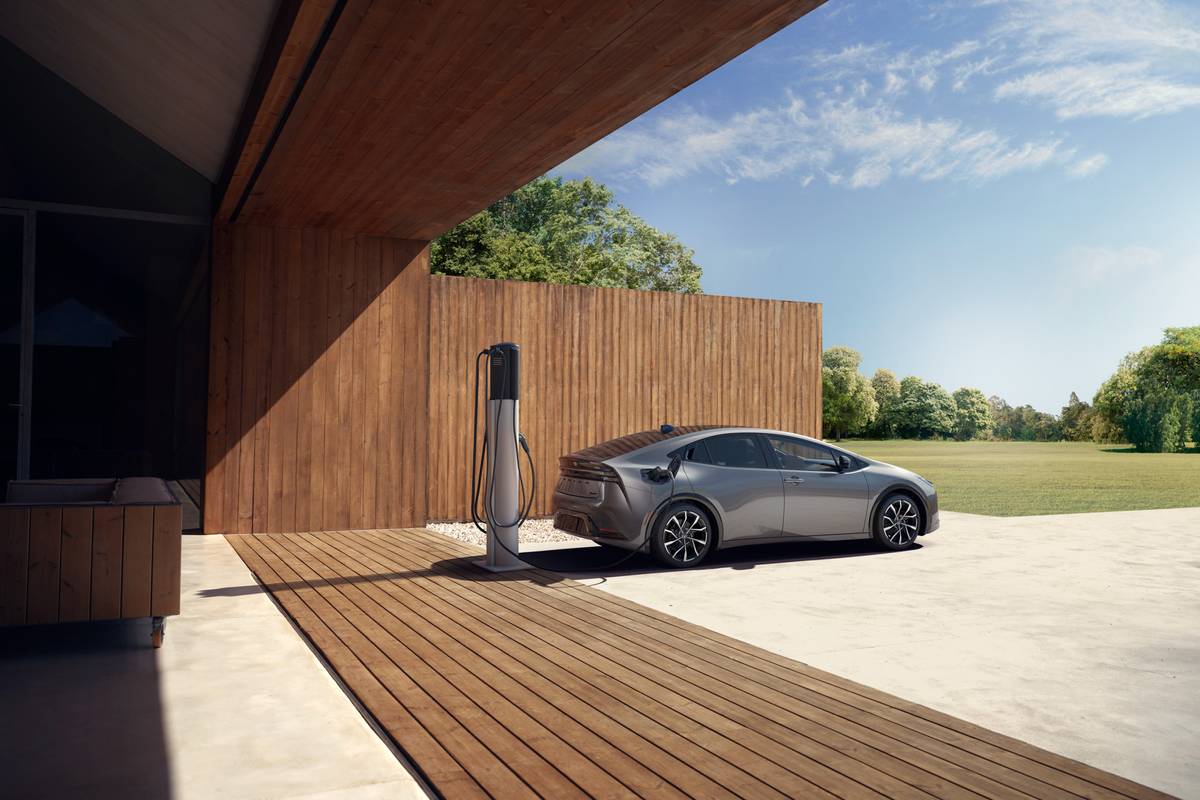How Do Hybrid Cars Work?


Gas-electric hybrid vehicles, which offer higher gas mileage and lower emissions, have gone from specialty vehicles to another powertrain choice for vehicles of all kinds to the only powertrain choice for some mainstream nameplates like Toyota’s Sienna minivan and 2025 Camry family sedan. Hybrid cars offer a few advantages over conventional gas-only vehicles, and they come in a few forms that work in different ways.
Related: Thinking About Buying a Hybrid? Here Are Some Pros and Cons
The most common hybrid vehicles are parallel hybrids — meaning that at times they can run on electricity or gasoline alone, as well as a blend of the two. Currently, parallel hybrids are found in small sedans with eye-popping fuel-economy ratings, as well as in performance vehicles, big SUVs and pickup trucks.
Hybrid Advantages
A hybrid’s one or more electric motors boost fuel efficiency not only by providing some of the power (and instant low-end torque), but also by allowing the use of a smaller and more efficient gasoline engine to achieve performance that’s comparable to a regular gas-powered car. Hybrids also are self-charging, meaning they do not have a plug to charge the battery from the electricity grid. That means a hybrid produces more local emissions than an all-electric vehicle, but it also means no charging or range anxiety. Hybrids particularly shine at boosting fuel efficiency in stop-and-go city driving, which makes the most of their capabilities.
Anatomy of a Hybrid

The technology is complex and electronically managed, but what the variations of hybrids have in common is a gasoline engine and one or more electric motors that can work in tandem or separately to drive the vehicle. The motors are powered by juice produced onboard and stored in a high-voltage battery pack that’s separate from the car’s conventional 12-volt battery system, which is used for accessories including lights and the multimedia system.
A hybrid can be powered at low speeds or low load by the electric motor alone; by the gas engine with boost from the electric motor under higher loads; or by the gas engine mostly alone, under hard acceleration or at cruising speeds when the gas engine is at its most efficient. Some hybrids also have an EV switch that forces the vehicle to drive short distances on just the battery’s power in some situations. The hybrid’s high-voltage battery also can provide power for some vehicle systems when the gasoline engine is turned off, such as during braking and stops.
For a hybrid, primary battery charging is done by recapturing energy of the vehicle’s motion with a regenerative braking system. One or more of the electric motors reverses to become a generator to charge the battery, slowing the vehicle with less reliance than for non-hybrids on conventional friction brakes, which dissipate that energy mostly as heat. The gasoline engine goes idle as soon as you back off the accelerator to slow or stop and regeneration begins.
Regen systems typically can be adjusted to be more aggressive in recapturing that energy. In some cases, the systems can even be aggressive enough to allow “one-pedal” stop-and-go driving without using the brake pedal. Most hybrids also allow the gas engine to power a generator to add some charge to the battery.
Different hybrids use a variety of transmissions, from efficient electronic continuously variable transmissions to conventional and dual-clutch automatics, and even (rarely) a manual transmission. All-wheel drive has become a common option for hybrids since it can be achieved by adding another electric motor or two on the second axle with the power split controlled electronically.
Other Types of Hybrids

Plug-in Hybrids
Plug-in hybrid electric vehicles can be a compromise for drivers who can use the plug-in charge around town but need hybrid capability for longer trips. Like the half-man-half-horse Centaur, a PHEV is part hybrid and part electric car. Like a regular hybrid, PHEVs have one or more electric motors plus a gasoline engine and regenerative braking, but they have a larger battery pack that can be charged from plugging into the electric grid.
PHEVs can run as an EV on the battery alone for up to about 45 miles currently — more than the average American’s reported daily driving — and then drive on as a regular gas-electric hybrid. The overall impact of a PHEV in lower emissions depends on how regularly they’re charged and driven as an EV.
Series Hybrids
A series hybrid is a less common variation of gas-electric hybrids; one or more electric motors does all the work moving the vehicle, and a gasoline engine only powers a generator to charge the battery pack for the motors. Typically, these hybrids are capable of plug-in charging and drive like an EV. The gasoline engine (referred to as a range extender) allows continued operation when the plug-in charge runs out. The discontinued BMW i3 with its optional range extender engine was a series hybrid, as will be the planned 2025 Ram 1500 Ramcharger electric pickup.
Mild Hybrids
Mild hybrids use a small motor-generator and small battery pack, typically a 48-volt system, to provide supplemental electric juice for some vehicle systems, such as stop-start, or even for some added torque. However, the system is insufficient to ever power the vehicle on its own. Some mild hybrids also capture energy from regenerative braking. A mild hybrid is a simpler design and a cheaper solution that’s commonly used in larger and heavier vehicles, such as pickups and luxury SUVs, and it provides some efficiency benefits — though the benefits are very mild compared to a full hybrid or PHEV design.
More From Cars.com:
- Here’s Which Hybrids Qualify for Federal Tax Rebates
- Should I Buy an Electric Car or Plug-In Hybrid?
- How Long Do Hybrid Batteries Last?
- What’s the Difference Between a Hybrid and a Plug-In Hybrid?
- More Hybrid News
- Shop for a New or Used Hybrid
Related Video:
Cars.com’s Editorial department is your source for automotive news and reviews. In line with Cars.com’s long-standing ethics policy, editors and reviewers don’t accept gifts or free trips from automakers. The Editorial department is independent of Cars.com’s advertising, sales and sponsored content departments.

Former D.C. Bureau Chief Fred Meier, who lives every day with Washington gridlock, has an un-American love of small wagons and hatchbacks.
Featured stories




